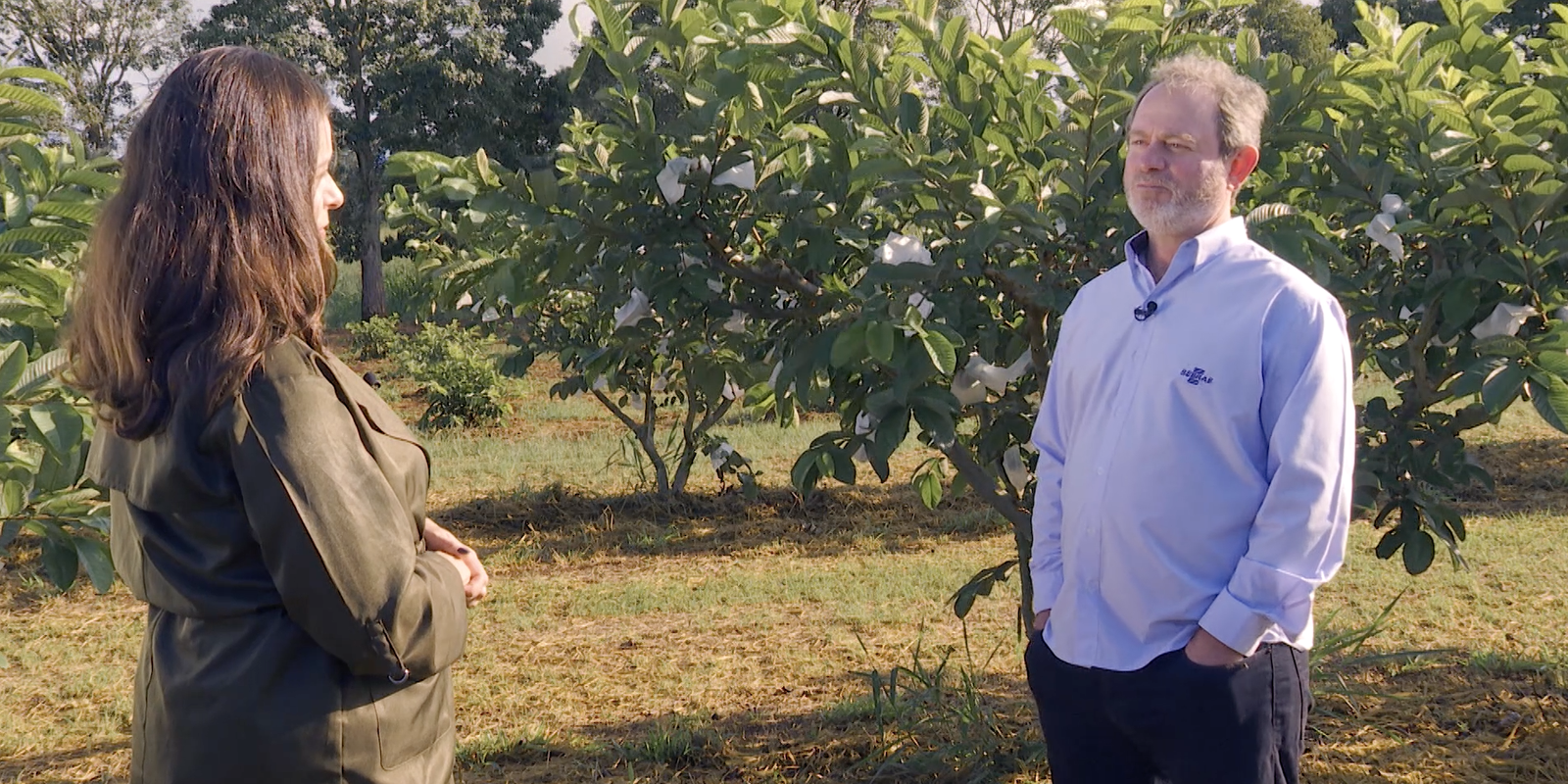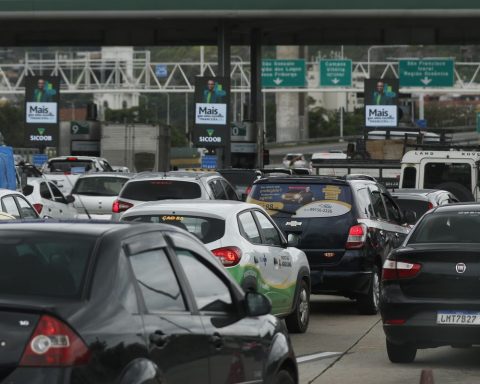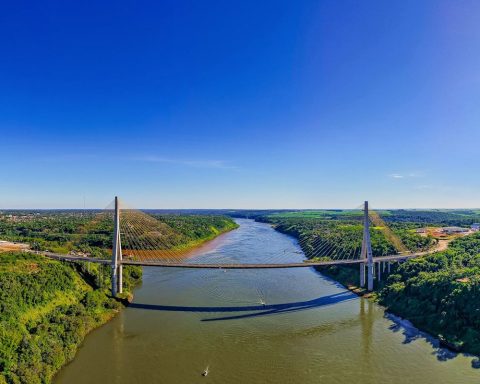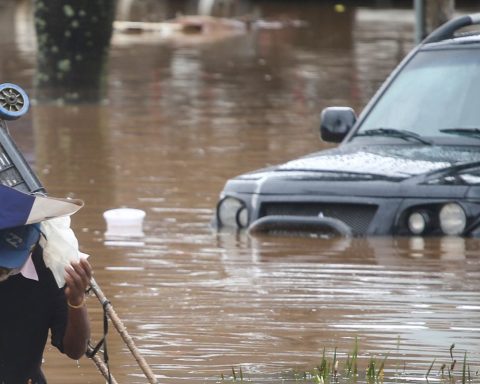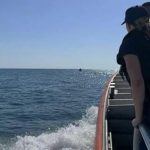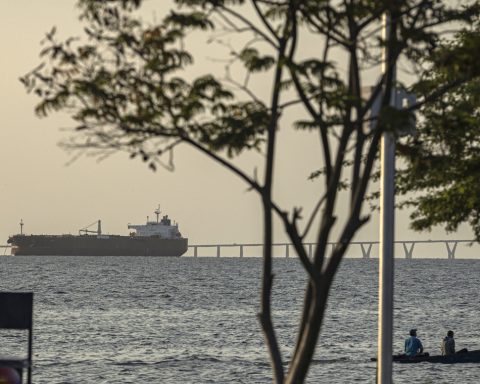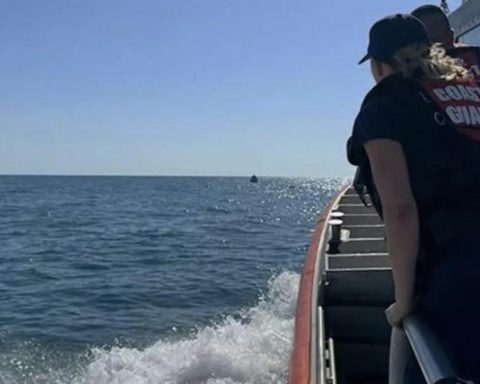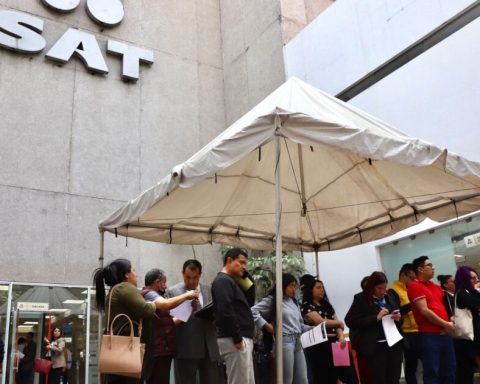Big, crispy, tasty, resistant and produced in a region with good tourist potential: the guava from the state of Carlópolis won, in 2016, the seal of Geographical Indication (GI), granted to products recognized for their tradition and quality, which makes them unique in the world. world. 
In this second of twelve episodes of the special series “Riquezas da minha terra”, a partnership with the Brazilian Support Service for Micro and Small Enterprises (Sebrae) on products with GI, the Reporting Paths will show what are the guava differentials, the stories of the producers and the beauties, adventures and gastronomic delights of the fruit producing region.
The Geographical Indication of Carlópolis attests to guava from two municipalities in Paraná: Carlópolis and Ribeirão Claro. Today, 36 fruit growers are associated with Cooperativa Agroindustrial and 10 of them already have the IG seal.
The visibility achieved with the Geographical Indication and with the Global GAP (Good Agriculture Practices) certification boosted guava exports from Carlópolis, which grew 1,142% in two years. A jump from 5.2 tonnes from January to June 2020 to 65.2 tonnes in the same period this year. England, Portugal, Canada and the Middle East are the main destinations for the fruit.
The sales manager of Cooperativa Agroindustrial de Carlópolis and also a certified guava producer, Inês Sasaki, has participated in international fairs. “I went to Spain. And we took our guava. Everyone was amazed at the quality we have”, she is proud.
She explains that the foreign market stipulates a fixed price for the fruit that is higher than the domestic market, which, moreover, fluctuates over the months. “In January and February the price within Brazil was around R$ 2. From May onwards the price improved and fluctuated between R$ 2 and R$ 3, until in August it reached R$ 4.50, while in the abroad, was sold for R$ 4, from January to August, without any variation.”
Inês explains that the reduction of pesticides was essential. “Every year, we do a laboratory test with the fruits, to see if there is no residue and also in the water to see if it is not contaminated”.
The positive result was possible with the bagging technique, to avoid the guava fly. “From the moment we bag it, we don’t spend anything else, it stays bagged without pesticides for around 60 days. So, we do all this work, it’s manual, it’s difficult, but it’s a safety both for the producer and for the consumer”, evaluates Inês.
In addition, other factors that differentiate guava from Carlópolis are the thickness of the peel and the size of the fruit.
“It has a thicker shell that allows for greater transport, allows for commercialization, its space on the market shelf, it resists more”, explains certified producer Rodrigo Viana. He says that the guava variety grown in this GI can weigh an average of 500 grams or more and that, because of its size, it is considered a ‘table’ guava.
The national Sebrae and the Sebrae in each state have helped to map and implement GIs across Brazil. Currently, 92 are recognized by the National Institute of Industrial Property (INPI).
Of these 92, the innovation analyst at Sebrae Nacional, Hulda Giesbrecht, explains that 69 are of the indication of origin modality, which is registered based on the region’s reputation for producing a certain product, and 23 are of the denomination of origin modality, in which there is proof by scientific technical study of the characteristics and qualities of the product with the natural and human factors of the region. In the case of GI Carlópolis, guava is an Indication of Origin.
The region called pioneer north of Paraná, which includes Carlópolis and Ribeirão Claro, has the GI of guava and also the GI of coffee, in addition to a dam. In December 2019, it was established by law as a Special Area of Tourist Interest and officially called ‘Angra Doce’, compared to the beauty of the maritime Angra dos Reis (RJ). Angra Doce, in turn, comprises the reservoir of the Chavantes Hydroelectric Power Plant and its surroundings, in the states of Paraná and São Paulo.
One of the places that offer leisure, adventure and contemplation activities is Estancia Pedra do Índio, in Ribeirão Claro. The resort has a paragliding flight, a schooner ride and the longest zip line in Paraná, with a kilometer in length and 128 meters in height.
Sebrae Paraná consultant Odemir Capello highlights the relationship between Geographical Indications and tourism: “We are already thinking about the GI route, as a way of adding value to small properties. In Italy, in the region of Emilia Romagna, which has approximately 400 geographical indications, it is possible to see the products being consumed”.
And there are already entrepreneurs in Carlópolis who take advantage of the tourist-gastronomic potential of guava, coffee and the dam.
Bernadete Garcia Ribeiro Dyniewicz owns Parque Vila do Café, a site on the edge of the dam that has been in the family since the 1950s and is now open to visitors by appointment.
Guava and coffee delicacies left the visit of the Reporting Paths to the place even more delicious. Landscaping is also highlighted in Parque Vila do Café, where 3,000 seedlings of 20 native species were planted, in addition to a garden with 2,000 rose trees.
“Coffee and guava are certainly a driving force for tourism in the region. And we see that the social situation of the population is improving a lot, this is very gratifying”, observes Bernadete.
Graduated in Information Technology in Curitiba, Rodrigo Amaral quit his job at an IT company in the capital of Paraná and returned to Carlópolis, his hometown, to help his father, owner of Caldo de Cana Amaral.
He believed in the potential of products with a Geographical Indication and created the Romeu e Julieta pastel, filled with guava and cheese, but with the unusual coffee dough.
“Together with the pasta supplier, we got to this point, it took a bit of work, sometimes it was very strong, sometimes very weak, even to balance the taste of the coffee”, remembers Rodrigo. He has already sold more than two thousand pastries in a weekend. Before the innovation, it sold around 150 at most.
Two years ago, the couple Agostinho João Longo and Rosana Menegon decided to dispose of wasted ripe fruit in Carlópolis. They created a guava cachaça and take advantage of the quality of the region’s water resources to ensure good distillation. “All rustic, on the edge of the forest”, adds Agostinho, about Cachaçaria G&R.
The program Reporting Paths will air today (16), at 10 pm, on TV Brazil.
